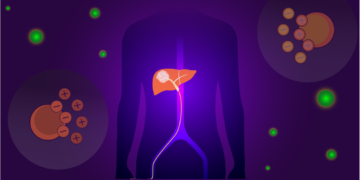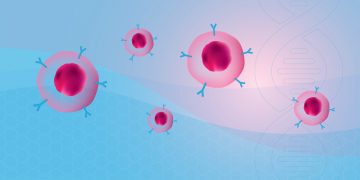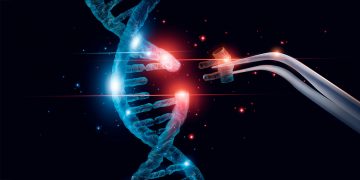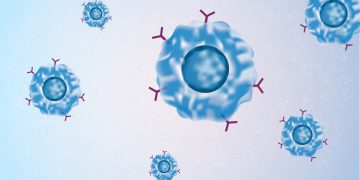
Saving Lives: Innovative Therapeutic Applications of Ion Exchange Resins

The Journey from Lab to Clinic: Zolgensma, the First Gene Therapy Treatment for Spinal Muscular Atrophy (SMA)

Developing Biotherapeutics for Lung Cancer Treatment

Poly(A) Tails: A Critical Quality Attribute in mRNA-based Therapeutics

Microphysiological Systems: A Game Changer for Drug Safety and Efficacy Studies?

A Pioneering Approach to Biotherapeutic Antibody Discovery

Precise Cell and Gene Therapy Potency Quantification

Top 8 Advantages of Electroporation in Cell and Gene Therapy

Unlocking the Power of Analysis with Automation


